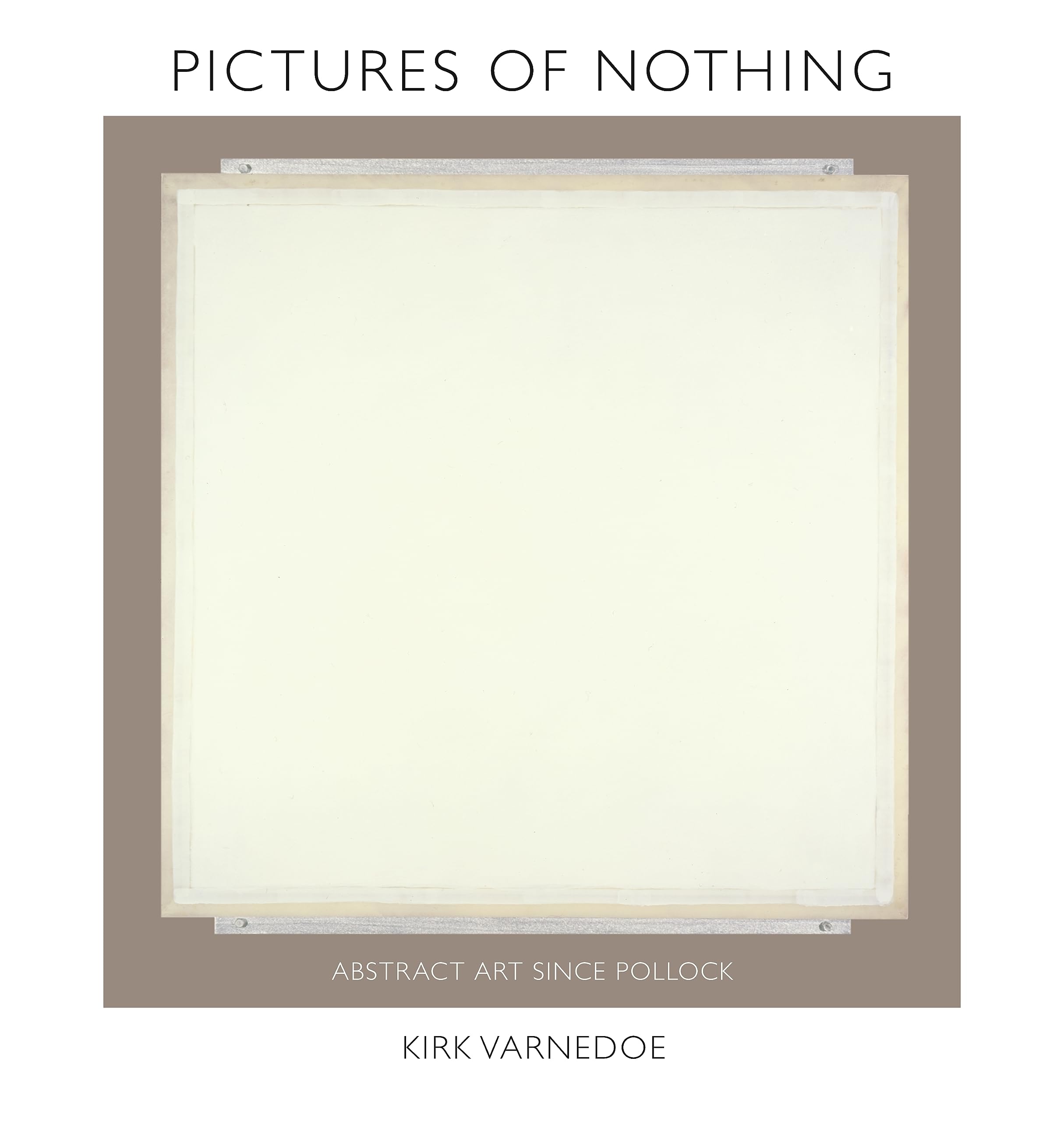

Full description not available
J**E
Brilliant book
Perhaps the best analysis of post WW2 art in America and the pivotal artists. A joy to read.
R**E
Abstract, not blurred.
This is unquestionably a brilliant book. In six consecutive lectures given at the National Gallery in 2003, the last one three months before his untimely death, Kirk Varnedoe manages to give a clear, erudite and broad view of abstract art over the last 50 years. Rather than dwelling exhaustively on one artist or on one work, he covers the whole range, from Pollock to Taafe, from Stella to Ryman, From Judd to Morris, from Johns to Marden, from Andre to Serra etc...True, as one other reviewer already pointed out, he tends to limit himself to American abstract art, or abstract art insofar as it is linked in some way or other to American art (as when he explains Richter's abstractions in relation to Stella and Pollock), but the text is so lively and insightful, that the reader readily forgives this slightly nationalistic bias.Varnedoe's core idea is that abstraction , far from being the end of art, actually represents the constant renewal of it, offering endless possibilities of rebirth. It is the permanent creation of something new, that only exists on its own and does not stem from or bases itself upon anything that existed prior to its creation (a good example is a huge untitled 1970 Cy Twombly painting owned by MOMA).Varnedoe's gift as a wonderful orator and storyteller, never pedantic, always to the point, transpires in every line of this book and shows us how great a loss to American culture his death was.Highly recommended, also for the quality of the many illustrations of almost every single work alluded to in the text.
R**F
Thoughtful and well written
Kirk Varnedoe was a great curator who put together some great exhibits - this book is like those exhibits - well thought out and very effective in getting his ideas across. If you want insight into the abstract art of the late 20th century this is a good place to start. Includes a nice selection of illustrations as well.
P**H
The definitive account of post WW II American art.
Varnedoe, long time curator of art at the MoMA gave six evening's of lectures at the National Gallery of Art, providing a literate, illustrated review of post WW II abstract expressionism, minimalist, pop, and more recent developments in American art. I consider it a "must have" book for serious collectors and scholars, and, for artists.
F**M
Excellent
Excellent, important book on abstract art after Pollack
W**S
Certainly about something!
One should not be deterred by the silly title, for this book is about something important indeed. In my view the development of abstraction is the most significant development in the visual arts over the last 100 years. To be sure, Varnedoe deals only with the second half, the era since Pollock, but that is the portion that most of us have experienced. If you are still puzzled by abstract art, this inviting, accessible volume is the book for you. Also, in reading it one has the sense of participating in a tribute to its gifted author, who died of cancer three months after completing the lectures. His friends have done a remarkable job of editing.I have two criticisms, though. 1) A pragmatist, Varnedoe eschewed grand theories, holding that the vital matter lay in the details. Yet he moves swiftly from one object to another. Anyone who has attempted to teach this subject (as I have) knows how important it is to avoid the habit of skipping from flower to flower. It would have been helpful if Varnedoe had devoted at least one lecture to only two or three objects, showing how they work in detail. 2) The text is mainly about American abstract art. Only a few Europeans get a look in, and that is because the remind the author of some American work. Many of us can remember a time when European artists like Soulages, Hartung, and Fautrier were spoken in the same breath as the American abstract expressionists. There are many other European abstractionists who are worthy of attention. But Varnedoe has reinforced the stereotype that the first fifty years of abstraction belong to Europe, the second fifty years to the US.Still, this is a beautiful book and I expect to return to it often.
6**M
Indecipherable
If you think you don't understand modern art, wait 'til you try to understand this prose!!
A**Y
How to read and a desire to learn
Great insights and lectures on abstract art
L**E
Amazinz book
Literally amazing
E**R
He was a wonderful public speaker and made complex issues in art and ...
Kirk Varnedoe was one of the most knowledgeable, respected people in the art world. He was a wonderful public speaker and made complex issues in art and philosophy, simple and understandable. I attended to one of these talks at the National Gallery in 2003 and am thrilled to have this book so I could hear what he had to say in the other five!
B**Y
Incredibly insightful...
A fantastic collection of lectures about the development of Abstract Art since the 1960s. This book gives a well thought-out discussion into the changing and developing approaches to art-making including a great chapter about Abstract Art itself and moves on to talk about Minimalism and the way such approaches have changed the face of Contemporary Art.
D**D
tour de force
A wonderful, personal reflection on abstract art and much more over the past 50+ years. Goes beyond Danto and Gombrich. A fascinating read.
A**R
Nothing is Everything
An exceptional book, both to read and browse through.
Trustpilot
2 days ago
1 month ago